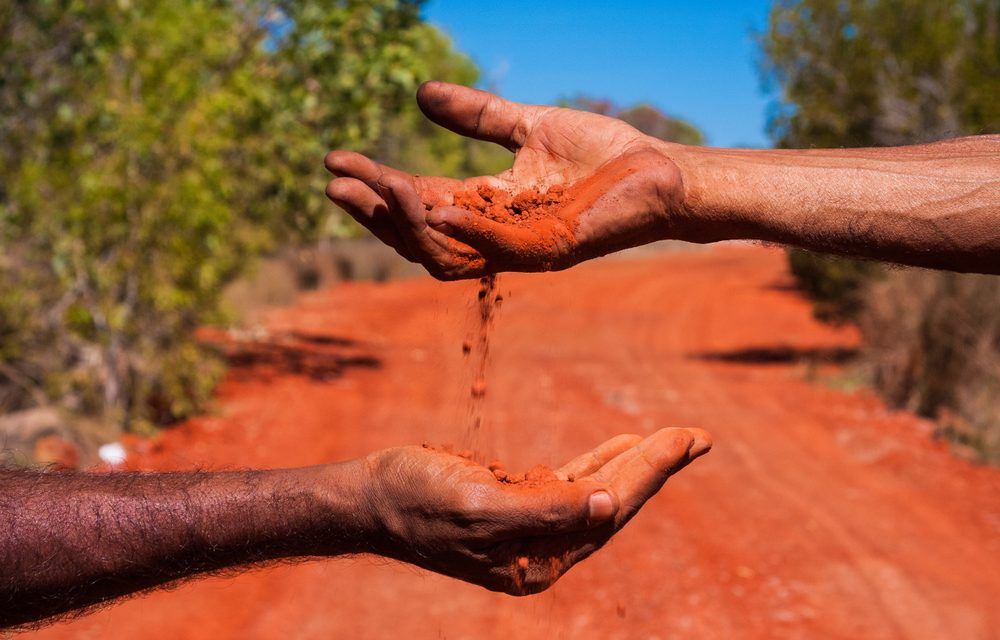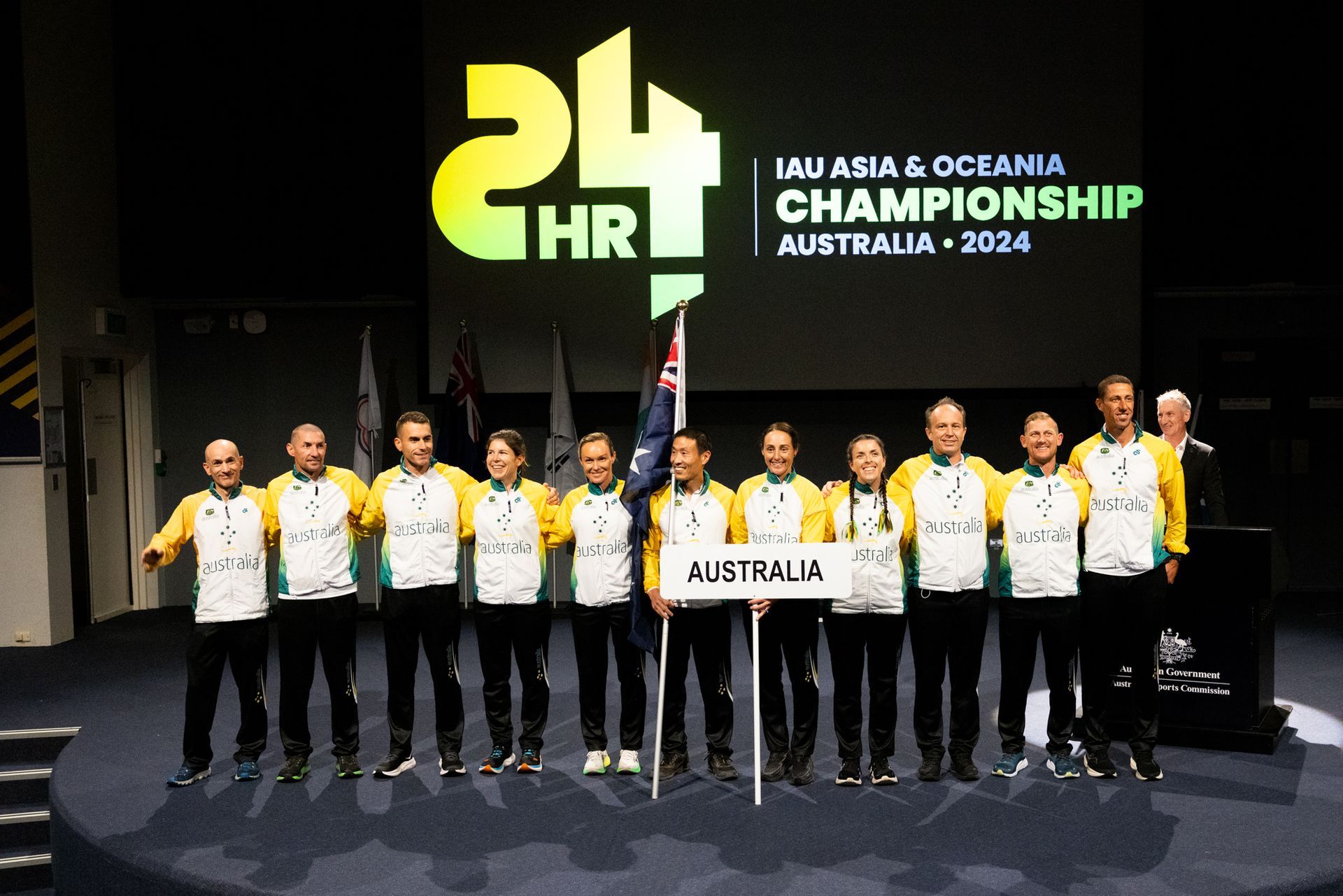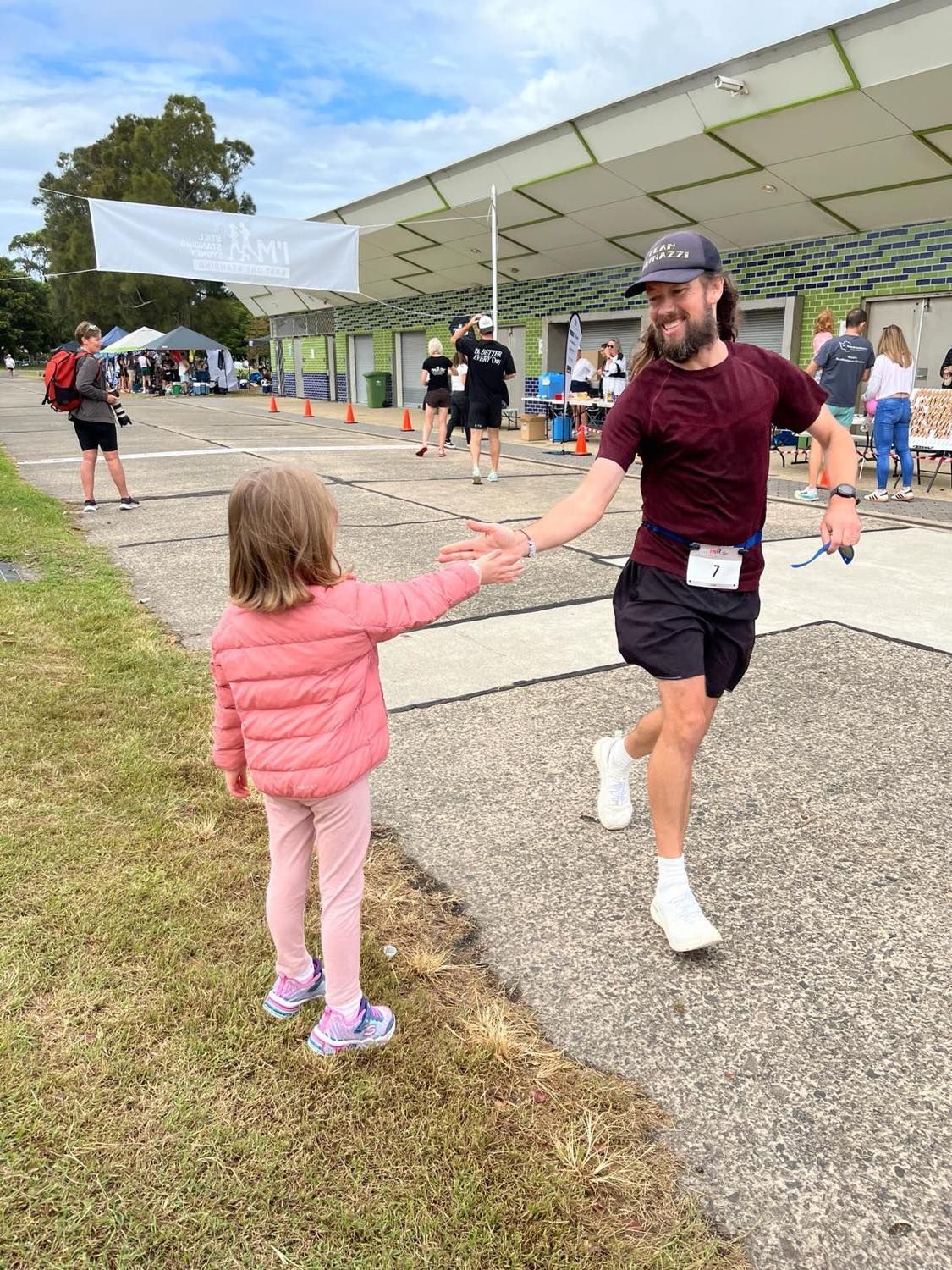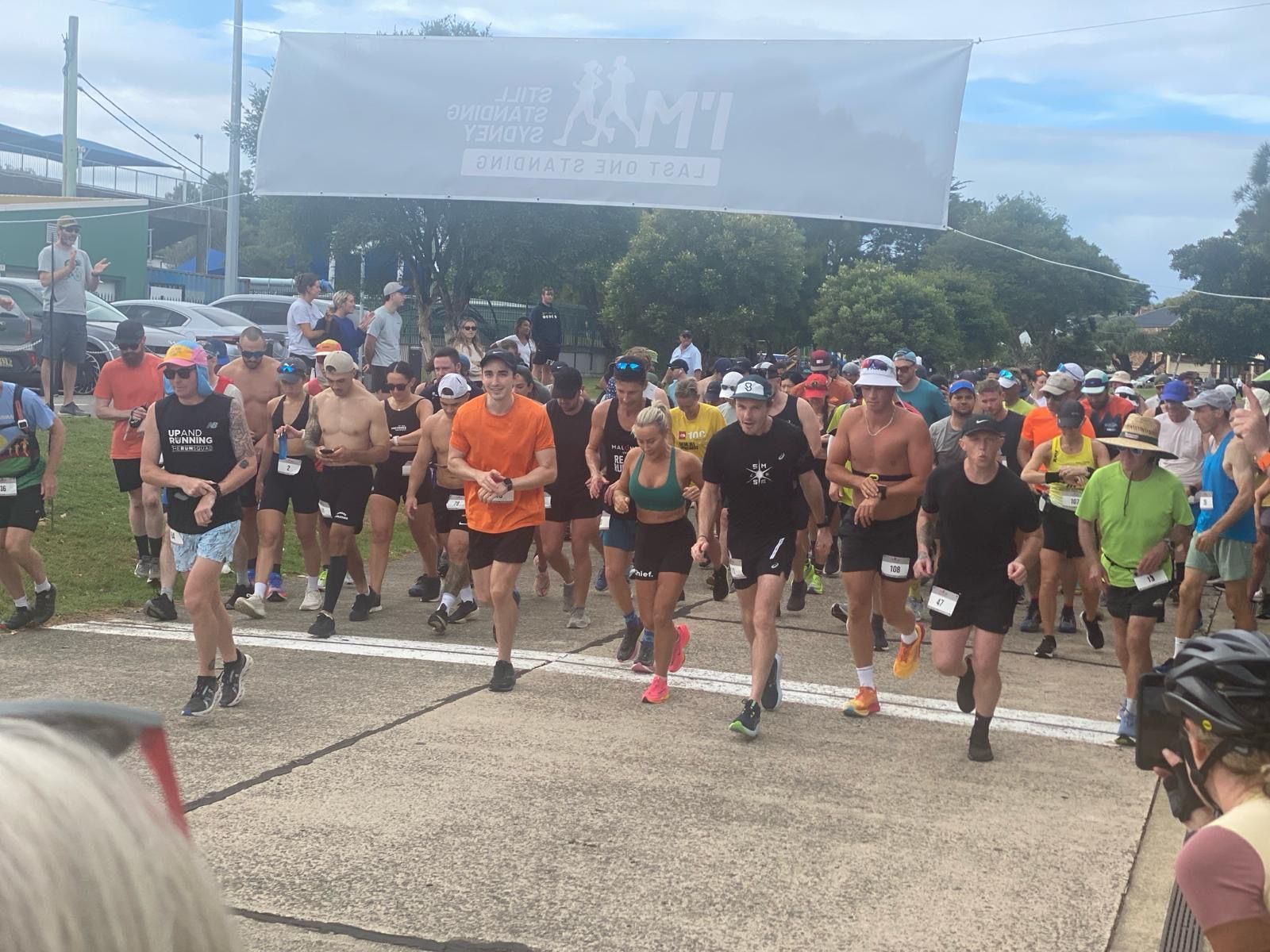
RETROSPECTIVE ARTICLE FROM ULTRAMAG SEPT 2013 “A HISTORY OF AUSTRALIAN ABORIGINAL ULTRA DISTANCE”
A HISTORY OF AUSTRALIAN ABORIGINAL ULTRA DISTANCE by ANDY MILROY
First published in Ultramag in September, 2013
For most of the last three and a half million years, human beings and their predecessors have been nomads, moving at frequent intervals to new sources of food. Such a wandering life puts a premium on the ability to endure.
There emerged the cultural role of runners whose primary task was that of messenger, supporting fast communication between dispersed groups, and enabling coordinated action between sub-tribes, clans and villages. Such messengers played a crucial role in Australian Aboriginal society, often covering hundreds of kilometres. These messengers probably pre-date the more famous Hemerodromoi ( or “day runners”) of Ancient Greece, and almost certainly the Running Footmen of Europe of the 15th-19th centuries.
Aboriginal tribes were widely scattered. In Tasmania, for example, each band had had a territmy of some 500 to 750 square kilometres. In the Northern Territories they lived in an area four and a half times the size of Great Britain.
There were over 200 different Aboriginal languages, and 600 dialects throughout Australia, but no written language. Traditionally the message stick was carried by a messenger. Usually a solid piece of wood, it was around 20-30cm in length, cut or etched with angular dots and lines. Such sticks were traditionally passed between different groups to transmit messages or convey information. They were often used to invite neighbouring groups to corroborees or ceremonies, to set fights to resolve conflicts, to feasts when a particular food was especially plentiful, or ball games.
Each stick was carved in a way that would help the carrier remember the verbal message he was to convey. Message sticks enabled a complex or very long message to be sent by messenger “carried in his mouth.” The stick also proved to the person receiving the message that it was genuine. The use of message sticks was not universal in Australia and sometimes other symbols were carried. A man’s kilt carried on the point of a spear was the call for assembling a war band.
When impmiant ceremonies were about to take place messengers were always sent out, often to distant tribes. An important member or recognised leader of the group provided a messenger and sent him out with an object. Possession of this object showed all he met that he was a messenger. Usually the messenger would be a relative of the person who sent the message and, if possible, someone who had a relative in the tribe to whom the message was being sent. Sometimes such messengers were multilingual and were used as translators.
Edward Micklethwaite Curr, writing in 1886, gave more detailed information about these messengers: Alone on foot, between tribes 30 to 130 miles apart, often across country where both water and game are scarce, and without pay or reward of any sort…. The messengers I have known personally have all been among the oldish men, spare in person, under the medium height, rather silent and generally widowers…. [The carved stick] he often carries whilst travelling, stuck into the netted head band [ which he wore around his head.]
When the messenger came to a camp, he would sit down and wait until the local band chose to acknowledge him. One or more of the older men would approach him and he would show them the object and deliver his message. Then he was brought into the camp and provided with hospitality. This process was followed at every camp he visited. Such message carrymg also performed part of the initiation ceremonies for young boys, who were sent on journeys to distant and unknown tribes which could last for months. Each carried a small wand, or stick, which guaranteed his protection. This custom of granting protection to messengers seems to have varied according to the area. The protection of messengers was later extended to Aborigines who were carrying messages for white settlers.
Such a letter was always called a “paper yabber” and carried in a cleft stick so that it could be easily seen. Around 1913, an Aboriginal carried a “paper yabber” for Baldwin Spencer (the Special Commissioner for Aboriginals in the Northern Territory) over 90 miles in this fashion, and Spencer commented “They not infrequently traverse longer distances than this, the cleft stick acting as a safe passp01i.” White settlers themselves also employed message sticks when sending messages using Aboriginal messengers, using the notches to signify specific numbers as a reminder to the bearer of the message.
However, Aboriginal endurance capabilities were not just revealed through their use of messengers. The red ochre from South Australia has been traded for thousands of years across Australia and Aborigines travelled from Cloncuny, QLD to an ochre mine in the Flinders Ranges in SA to exchange shields for specialised ochre. Others came from Alice Springs and carried 25kg blocks of the Yarrakina ochre from Parachilna in the Flinders Ranges over a distance of 1000km. Aboriginal endurance also fit into the white settlers’ world. The use of the “paper yabber” has already been mentioned, but in New Zealand, Andy Bittern, an Aboriginal tracker and early Canterbury rural mailman in probably the 1850s and 60s, was said to have often brought mail on foot to Christchurch from 140km away, in the same day, in the hours of light. In the N 01ihem Territories during WWII, Aborigines walked 190km ULTRAMAG Page 51 ( 119 miles) to rescue an American pilot, Lieutenant J. Martin, who had been shot down in flames. In 1954, Mr. Malparinga, a Pitinjara who escaped from Alice Springs gaol, walked 193km (120 miles) in 48 hours to successfully shake off police trackers.
Despite this endurance background, documented examples of Aboriginal distance running in races appear to be few and far between. The concept of running specific distances on a track or road loop, for instance, do not chime well with covering great distances across the open outback. One of the few documented examples of longer distance running by an indigenous Australian took place in November 2005, when 70 year old Albert (Alby) Clarke, an elder from the Gunditjmara tribe in Warrnambool, competed in the Cliff Young Australian 6 Day Race at Colac, Victoria, where he covered 344.8km. In November 2007 Clarke subsequently ran the 300km from Melbourne’s Parliament House to the Framlingham Aboriginal Community to help raise awareness of the life expectancy gap between Aboriginal and Torres Strait Islanders and other Australians.
Study of what could well be the oldest endurance culture in the world gives unique understanding of both the sport of distance running and of wider human culture.
Published in Ultramag, page 50, September 2013. Access the full Ultramag here.








